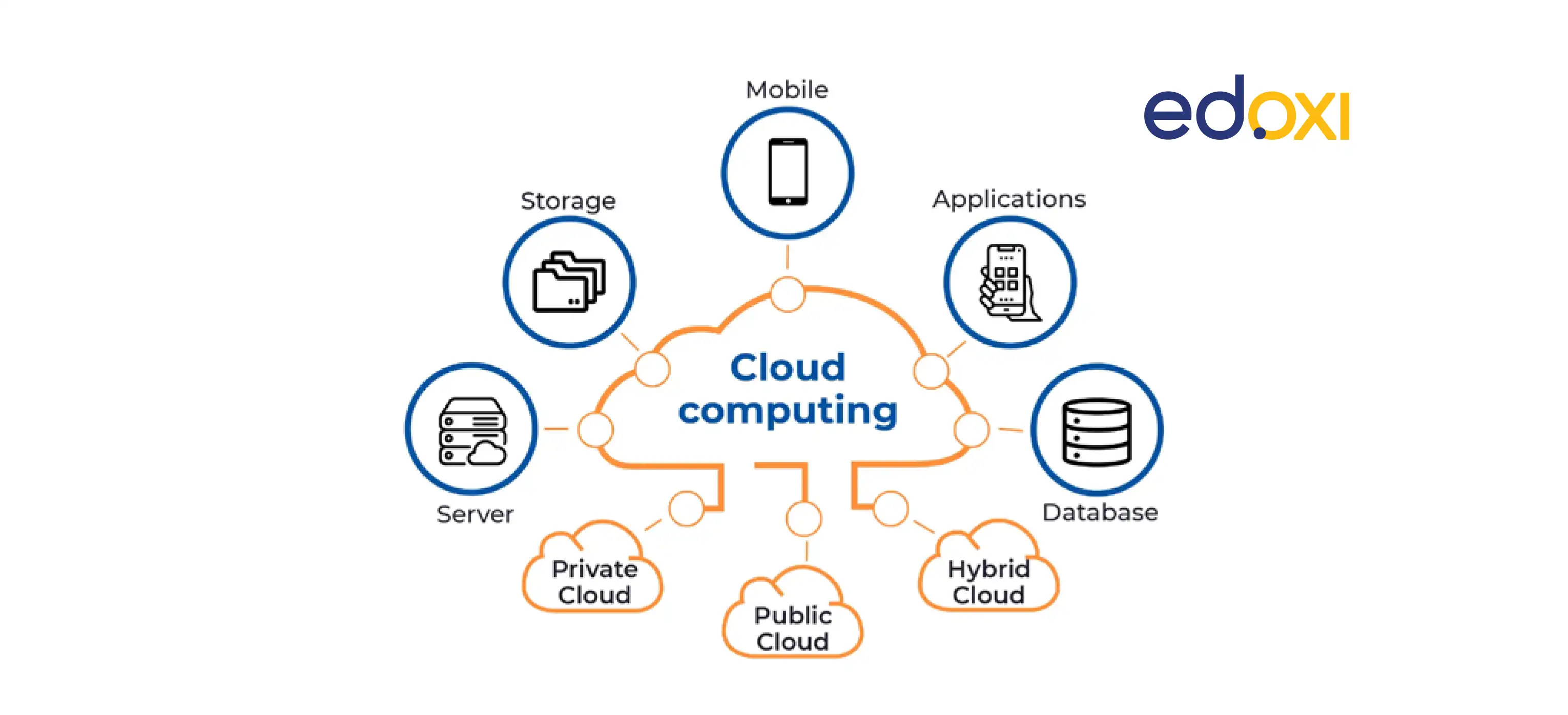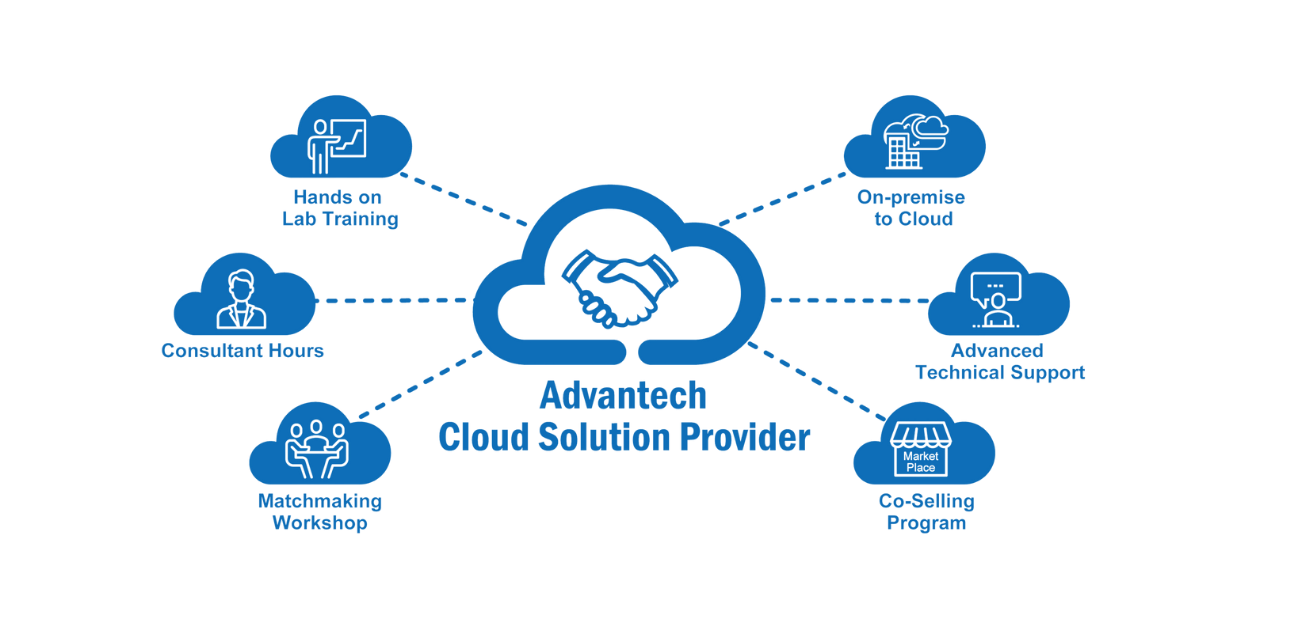Simplify Your Facilities With Cloud Provider
As businesses navigate the ever-evolving landscape of modern technology and data administration, the function of cloud services in simplifying infrastructure has actually come to be significantly famous. The appeal of streamlined processes, boosted efficiency, and enhanced resource allocation via cloud options is indisputable. Nonetheless, the journey towards a much more cost-effective and active IT facilities includes even more than just migrating to the cloud. It requires a tactical method and a deep understanding of the nuances of cloud adoption. So, exactly how can services efficiently browse this transition and genuinely open the capacity of cloud solutions for simplifying their infrastructure?
Benefits of Cloud Services
Cloud solutions use a structured method to handling IT framework, providing companies with scalability, cost-efficiency, and adaptability. One of the vital advantages of cloud services is the scalability they use.
Furthermore, cloud solutions get rid of the requirement for companies to purchase expensive software and hardware. This cost-efficiency is a substantial benefit, particularly for small to medium-sized enterprises seeking to lessen upfront costs. By making use of cloud solutions, organizations can access high-quality IT sources without the significant price related to conventional facilities configurations.
Additionally, cloud solutions supply businesses with the flexibility to access their data and applications from anywhere with a web connection. This level of accessibility enhances cooperation among teams, makes it possible for remote job, and boosts overall productivity. The adaptability offered by cloud solutions empowers companies to adapt rapidly to altering market conditions and customer demands.
Cost Financial Savings and Scalability
In addition to the functional advantages highlighted previously, the integration of cloud services into a business's facilities brings forth significant cost financial savings and improved scalability. Cloud services provide a pay-as-you-go model, allowing organizations to range sources up or down based upon current requirements, thus avoiding the expenses linked with keeping excess capacity. This flexibility enables firms to adapt quickly to changing needs without incurring unneeded expenses.
In addition, cloud services remove the requirement for upfront investments in software and hardware, lowering capital investment. Operating budget are also reduced as firms no much longer require to handle and preserve physical servers, resulting in lower energy consumption and IT staffing expenses. Furthermore, cloud solutions offer automatic updates and maintenance, making certain that the infrastructure continues to be current and secure without requiring manual treatments.
Enhanced Protection Measures
Implementing rigorous security actions is paramount when incorporating cloud services right into a business's infrastructure to ensure and protect sensitive information compliance with sector regulations. Cloud company use enhanced protection functions such as data encryption, firewall software security, and multi-factor verification to alleviate cybersecurity threats. Encryption aids protect information both at rest and en route, making certain that just authorized individuals can access delicate information. Firewall softwares serve as a barrier in between external risks and inner networks, monitoring and controlling outbound and incoming network web traffic. Multi-factor verification adds an additional layer of security by calling for individuals to provide multiple forms of verification prior to accessing the cloud solutions.
Additionally, normal safety audits and compliance assessments assist recognize vulnerabilities and make certain adherence to industry standards. Business can also gain from features like automatic security updates and real-time threat tracking given by cloud company. By prioritizing safety measures and remaining proactive in dealing with possible threats, businesses can confidently leverage cloud services while shielding their beneficial data from unapproved accessibility or violations.
Transitioning to Cloud Facilities
To successfully incorporate cloud solutions right into a business's framework, a structured method that attends to the shift towards cloud-based solutions is critical. Transitioning to shadow infrastructure involves careful preparation and execution to make sure a smooth migration procedure - cloud services press release.
Once the assessment is complete, a migration strategy must be developed. over at this website This technique ought to lay out the timeline, resources, and responsibilities for relocating each component to the cloud. It is necessary to communicate this strategy clearly to all stakeholders to guarantee alignment and lessen disturbances throughout the shift.
Throughout the movement monitoring, process and testing are essential to recognize and address any concerns promptly. Normal checkpoints ought to be developed to track development and make required changes. In addition, training for staff members on utilizing cloud services ought to be provided to make sure an effective change and maximize the advantages of the new framework.
Finest Practices for Cloud Fostering
Successful adoption of cloud solutions hinges on the calculated alignment of service goals with technical capacities and business readiness. To make certain a smooth transition to the cloud, organizations must start by performing a comprehensive assessment of their present framework and determining which workloads are best suited for cloud movement. It is crucial to involve crucial stakeholders from various departments in the decision-making process to gain buy-in and resolve any kind of problems at an early stage.
One more ideal practice for cloud adoption is to prioritize safety and conformity. Organizations should very carefully assess the safety and security measures provided by cloud provider and ensure that their data is protected according to market requirements and governing demands. Carrying out durable information security, access controls, and normal security audits can aid alleviate risks related to cloud adoption.

Final Thought

As businesses navigate the ever-evolving landscape of modern technology and information management, the duty of cloud services in simplifying facilities has actually become progressively popular - linkdaddy cloud services press release. Exactly how can services properly browse this transition and genuinely unlock the potential of cloud services for simplifying their framework?
Cloud services offer a streamlined technique to handling IT infrastructure, offering services with adaptability, cost-efficiency, and scalability. By utilizing cloud services, businesses can access premium IT sources without the large price tag linked with traditional facilities arrangements.
To make certain a find out this here smooth change to the cloud, organizations ought to begin by carrying out a thorough assessment of their current framework and recognizing which work are best suited for cloud movement.